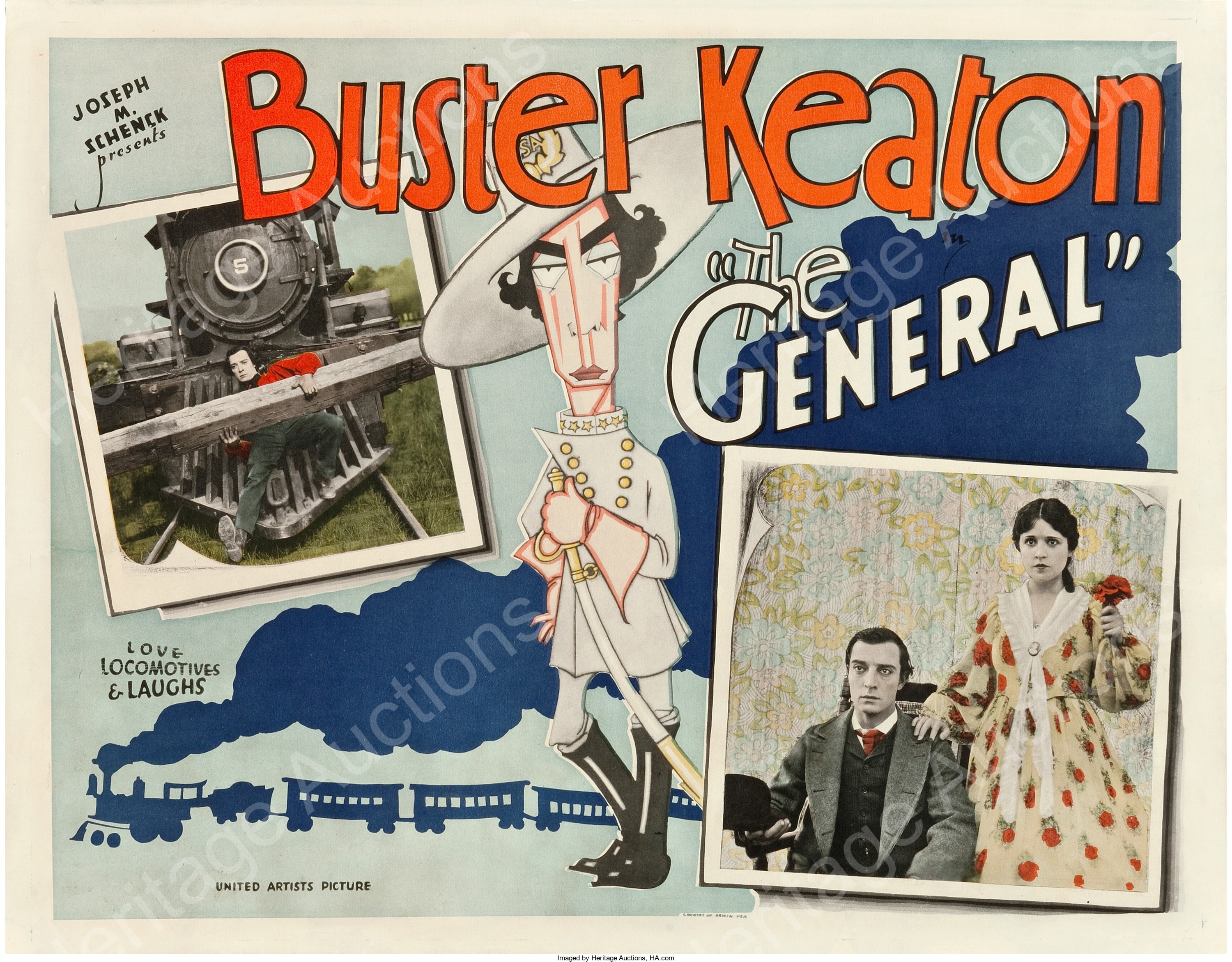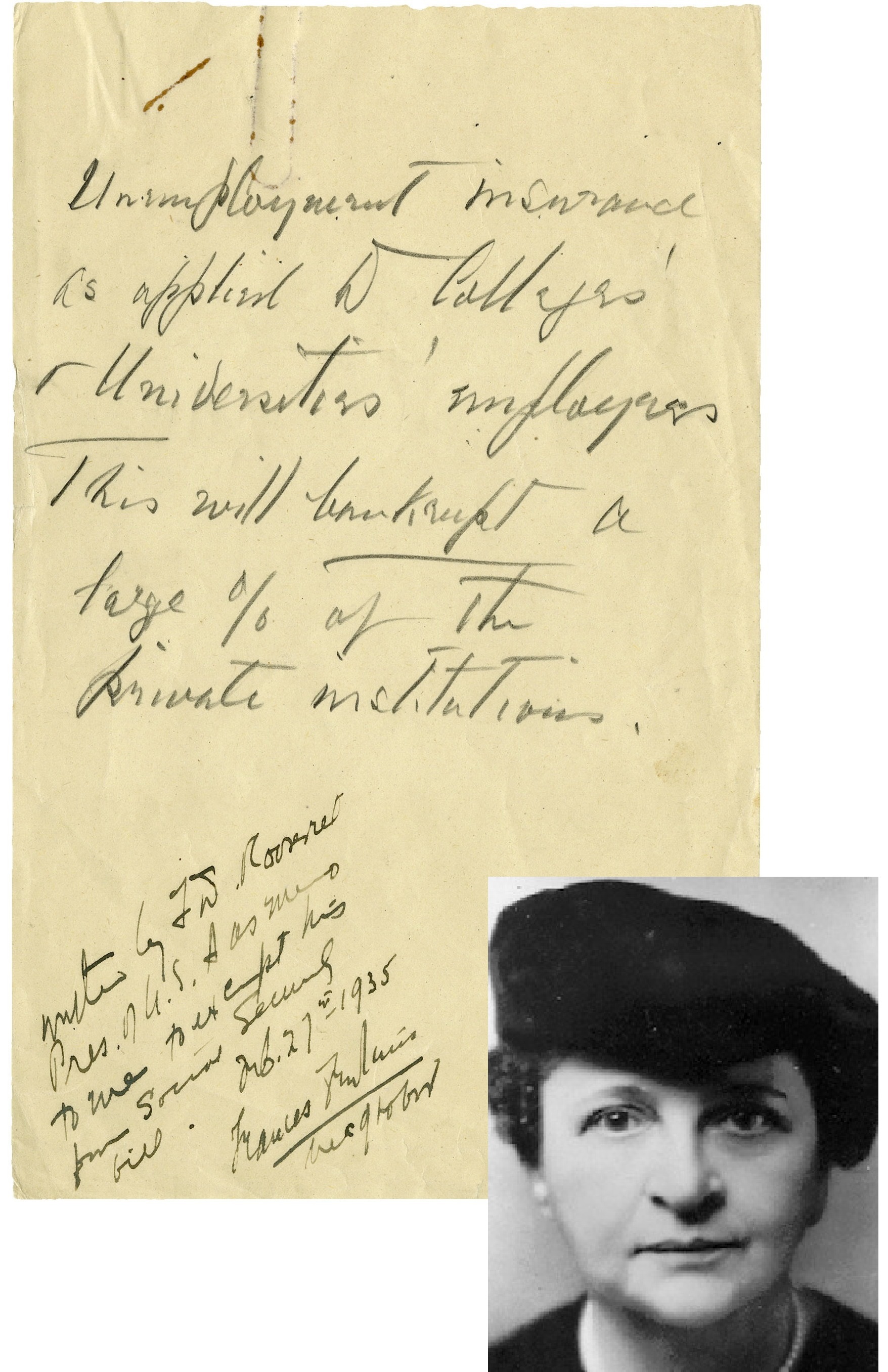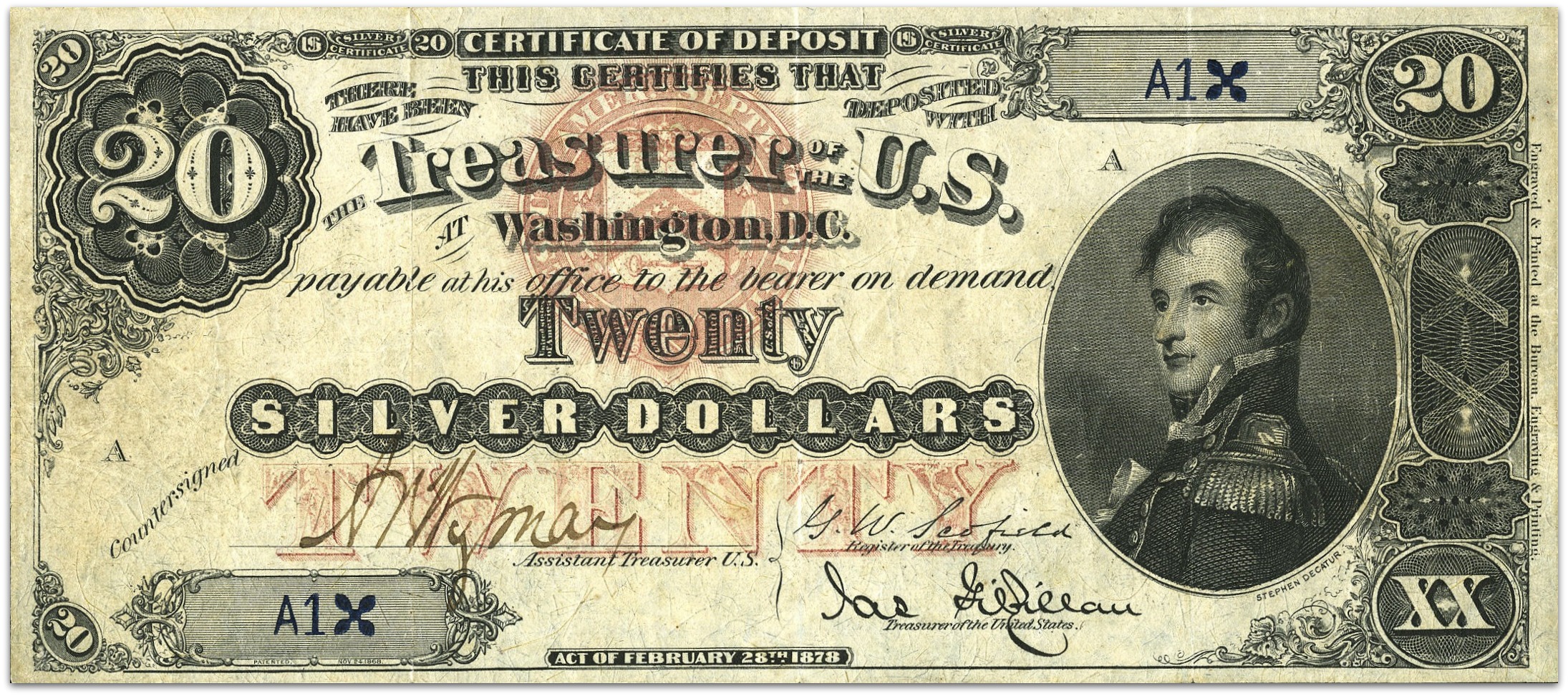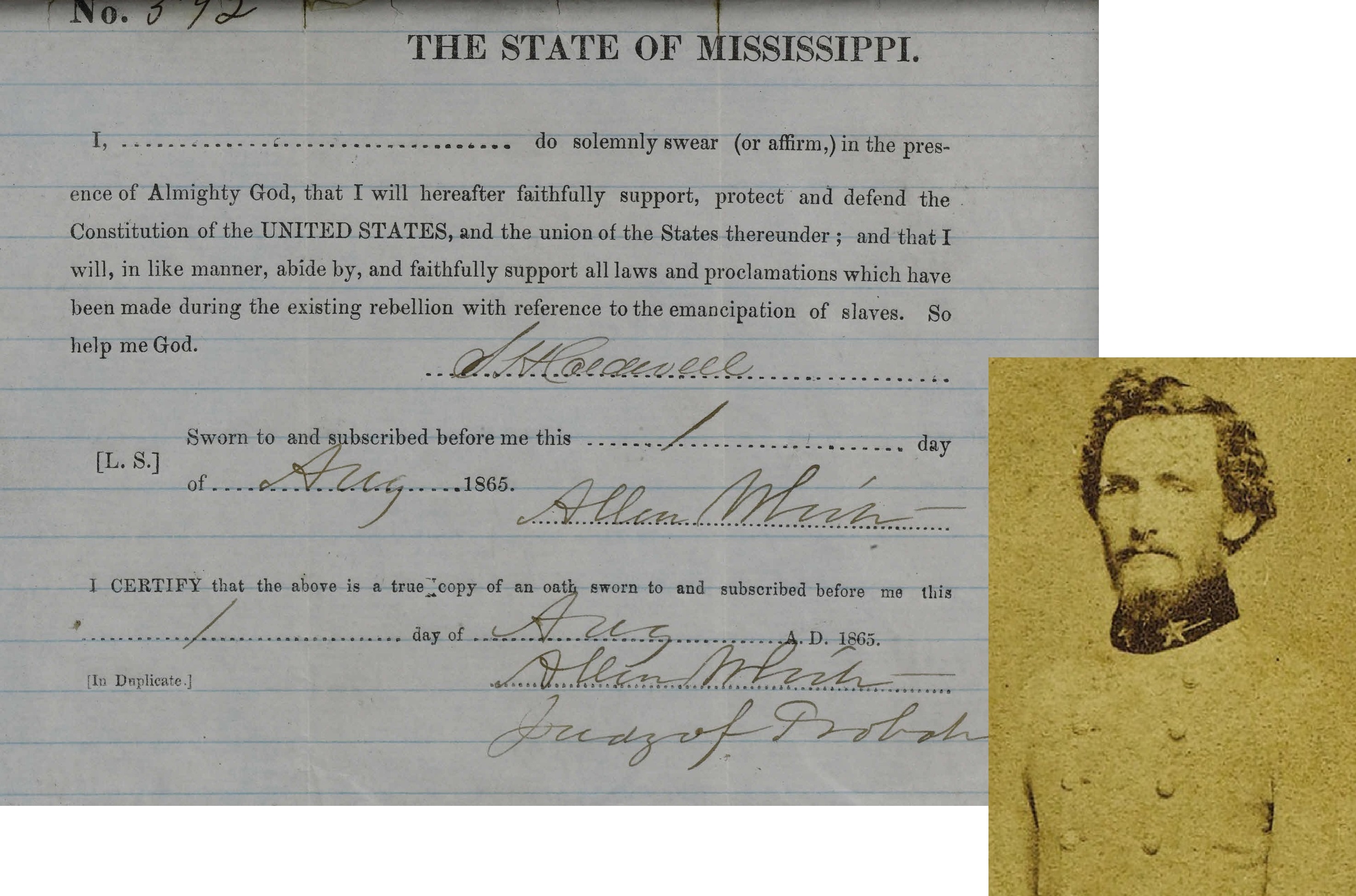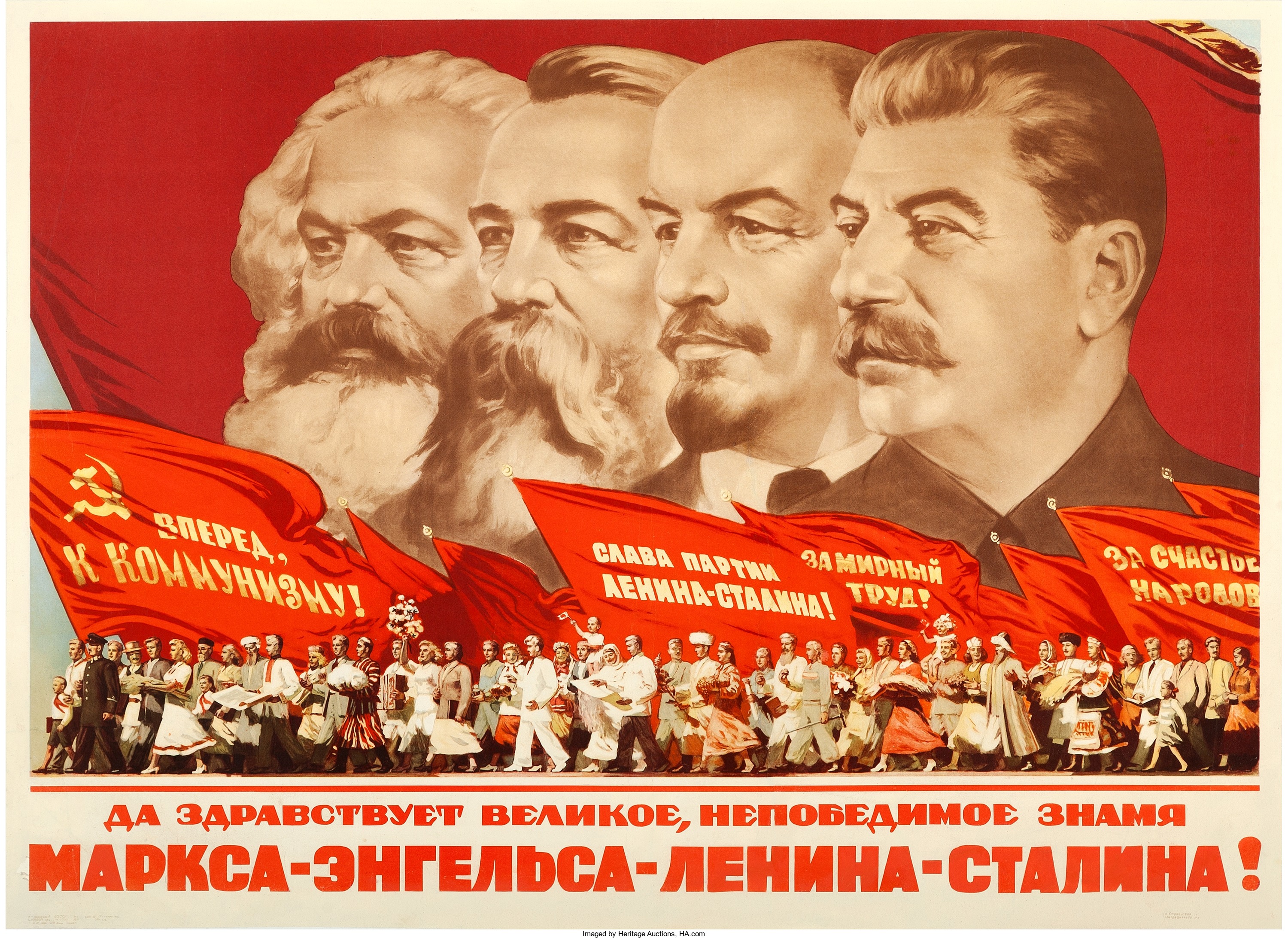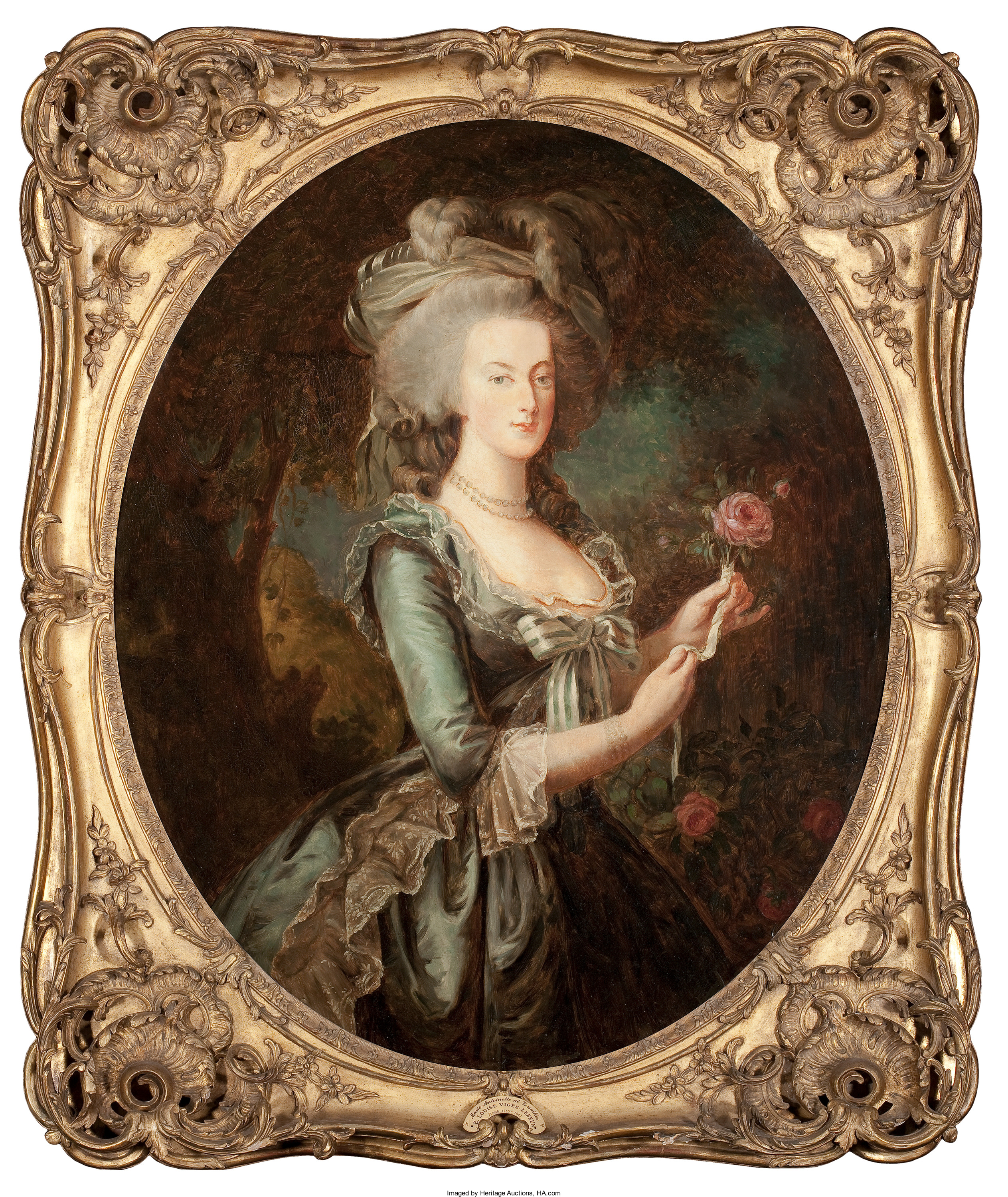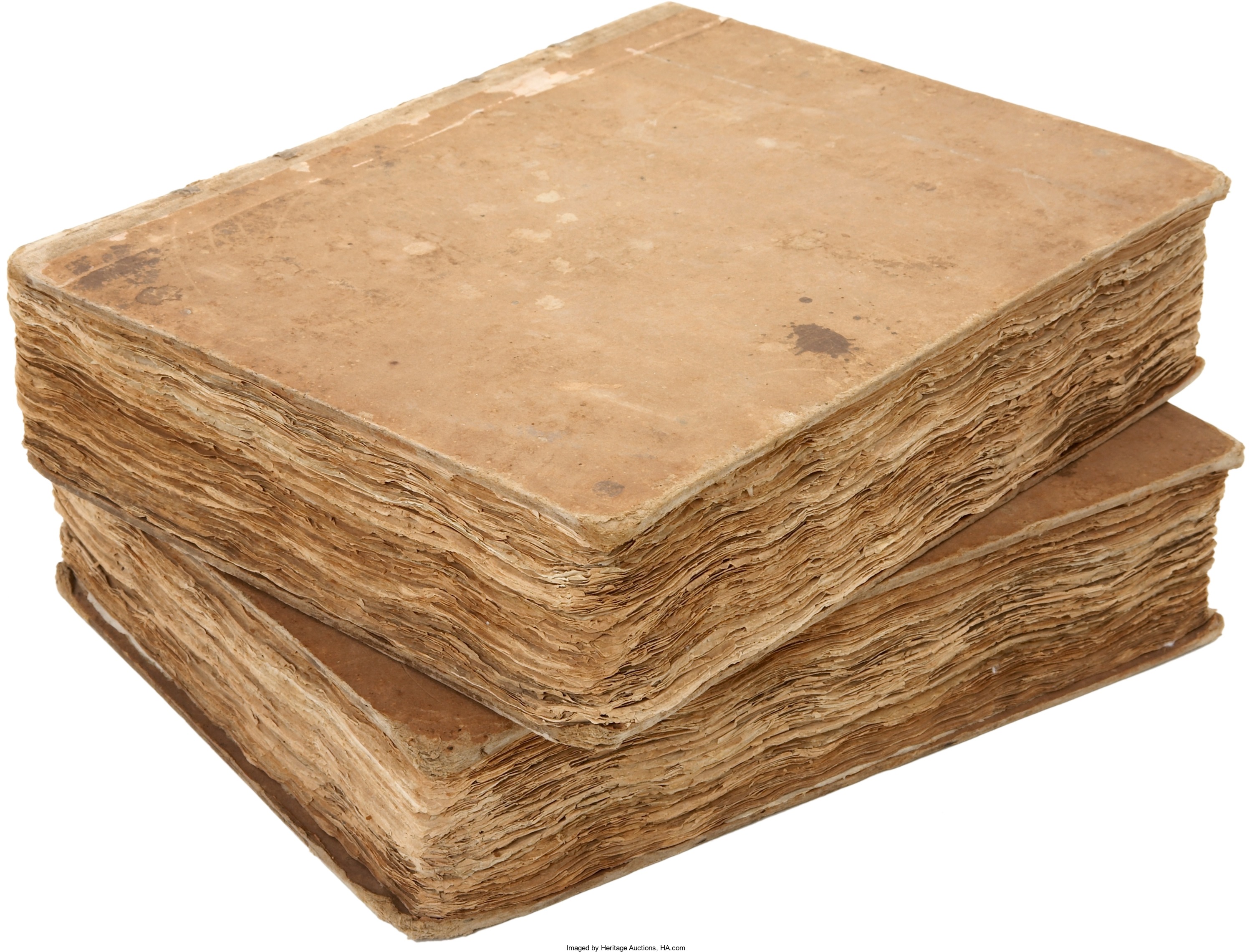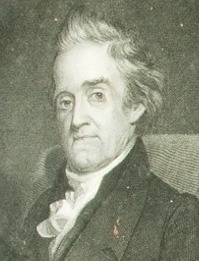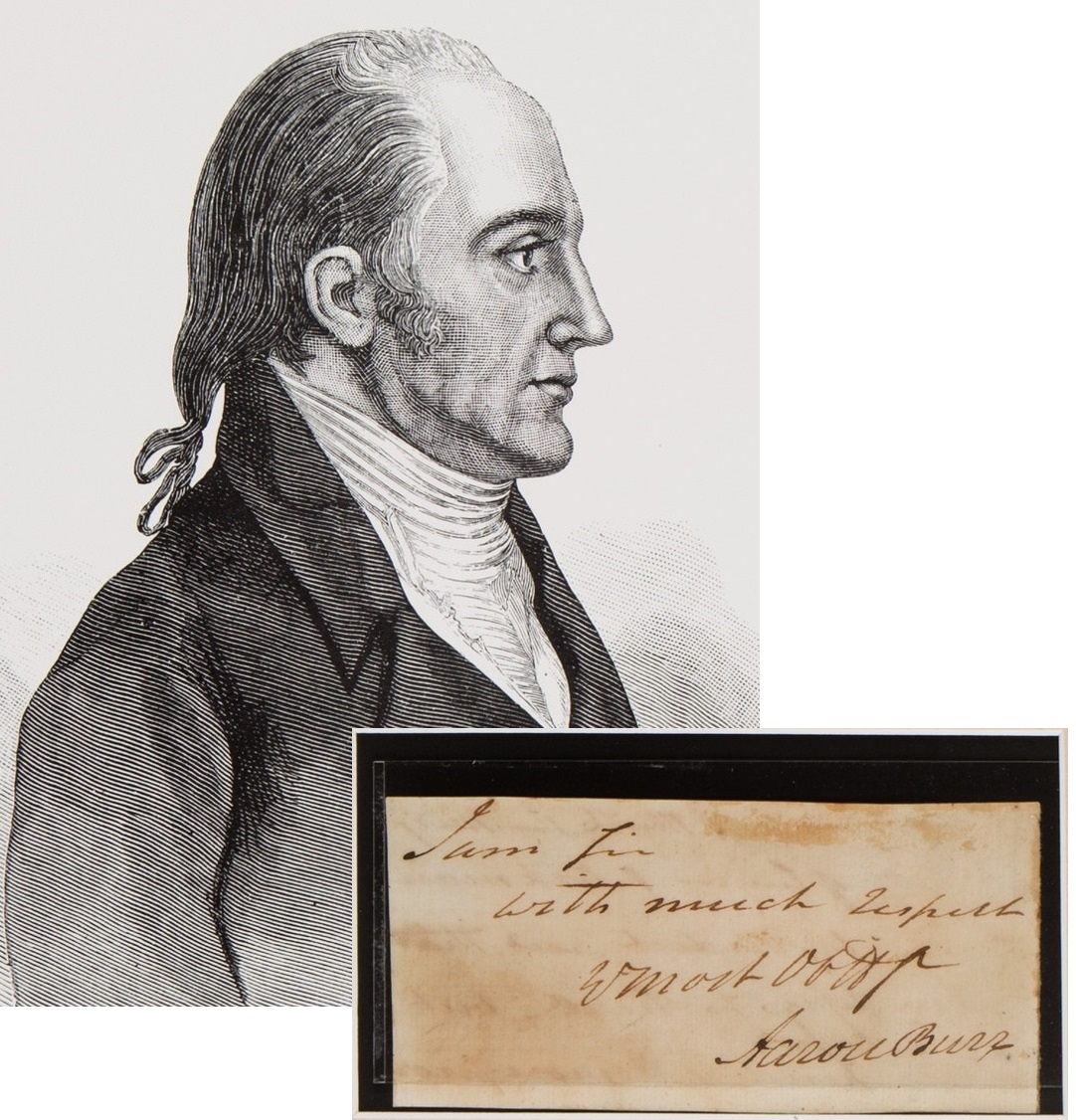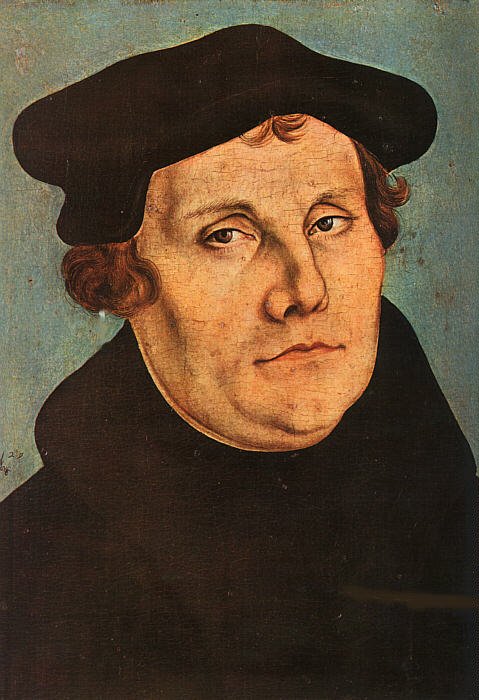
By Jim O’Neal
Five hundred years ago, in the autumn of 1517, an obscure monk and teacher of theology at the University of Wittenberg (Germany), issued a public invitation to a theological debate that would ultimately transform Europe. This was a routine practice in the academic world and a valuable tool for training students.
Deeply concerned by what he saw as corrupt practices in the Catholic Church, Martin Luther (1483-1546) chose one of the most sensitive issues to fully expose his views: the sale of “indulgences” – a popular means by which pious Christians could make financial contributions to the Church in return for the hope of remission of their sins in the afterlife. He was not the first to criticize the practice of indulgences and he did so without much hope that theologians would heed his challenge and, in fact, the debate never took place. Instead, he wrote a series of 95 theses (arguments), which he then circulated within the university. According to some reports, he also nailed them to the door of the Castle Church in Wittenberg.
The theses were soon widely published, prompting Pope Leo X to first charge Luther with heresy and later excommunicate him from the Church. (The Holy Roman Emperor simply condemned him). He responded by breaking with the Catholic faith, and initiating the Reformation – the rise of churches based on reformed practices and a focus on scriptures rather than priestly authority. Because of these protests against Catholic practices, they became known as Protestant churches.
Reformation ideas then spread quickly by the new technology of printing. Before moveable type and presses, books were handwritten in Latin, the international language of the Church. Printing allowed information to be produced cheaply and quickly. Luther still wrote his theses in Latin, but they were then translated and printed in German, French and English. In 1517, Martin Luther was an unknown academic in search of a cause. Only a few years later, he was the most published author in the history of Christendom.
Much about Luther’s career is utterly improbable. In a world without modern communication, it is hard to understand how so many came to hear about Luther and his scruples. His 95 theses reflected a smoldering anger that raised eyebrows in sophisticated circles, but they also inflamed rebellion across the German countryside in 1524 as peasants took up arms against their harsh conditions. Such revolts were not new, but they claimed to be inspired by Luther, a charge he repudiated. But, his series of passionate pamphlets first piqued the interest of a wide public and then formed a popular movement.
In later life, Luther often looked back in wonder on the extraordinary events that followed his impetuous act of conscience: the Church hierarchy’s attempt to quell his protest, his escalating acts of defiance, his condemnation and excommunication, the public outcry that followed. The facts were plain. Europe, once united under the Pope of the Roman Catholic Church, was now irrevocably split into Catholic and Protestant states. The seeds Martin Luther had sown ensured a century of conflict as subjects took up arms against their rulers, kings and princes clashed, and nations attacked nations in the name of religion.
Sound familiar?
 Intelligent Collector blogger JIM O’NEAL is an avid collector and history buff. He is president and CEO of Frito-Lay International [retired] and earlier served as chair and CEO of PepsiCo Restaurants International [KFC Pizza Hut and Taco Bell].
Intelligent Collector blogger JIM O’NEAL is an avid collector and history buff. He is president and CEO of Frito-Lay International [retired] and earlier served as chair and CEO of PepsiCo Restaurants International [KFC Pizza Hut and Taco Bell].

